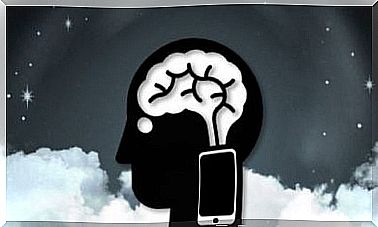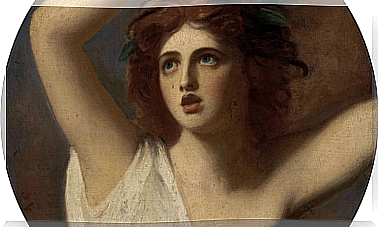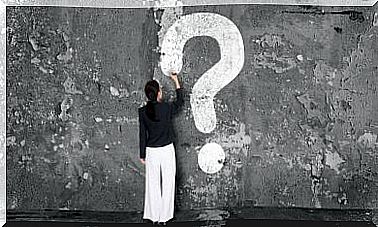Neurocaligraphic Programming, What Does It Consist Of?

Neurocaligraphic programming is a method devised by Dr. Joaquim Valls, neuropsychologist and author of the book Manual Mind . His theoretical proposal indicates that it is possible to modify the personality and increase emotional intelligence by introducing changes in calligraphy. It is a proposal that coincides with neurolinguistics, but applied specifically to writing.
The idea has long been postulated that writing has the potential to reveal many personality traits of an individual. So far there are no formal studies that support this thesis. What is known, through the discipline of graphoscopy, is that each person has a unique writing. For this reason, handwriting tests are legal evidence.
Neuro-linguistic programming, for its part, is a method that was devised in the 70s and which, in the opinion of its creators, allows behavior to be changed by introducing a series of language patterns. There are also no formal scientific studies that work as a solid foundation.
However, both neurolinguistic programming and neuro- calligraphic programming have empirical support. In other words, a significant number of cases have been reported in which it appears to be effective.

Neurocaligraphic programming
For Joaquim Valls, neurocaligraphic programming is a way to “educate the unconscious ”. This neuropsychologist did his doctoral thesis based on the application of this idea and presented experimental data in this regard. This is what allows you to say that this type of programming, or reprogramming, is effective.
Valls points out that neuro-calligraphic programming has the potential to change nine aspects of the personality. They would be the following:
- It would improve self-concept.
- It would improve self-esteem.
- It would contribute to moderate optimism.
- It would improve the management of emotions.
- It would increase perseverance.
- Extroversion would increase.
- It would increase empathy.
- It would increase proactivity.
- I would develop patience and gratitude.
In Valls’s opinion, by changing the way of writing, the way of perceiving reality also changes and, therefore, it would trigger an internal change. Thus, how we draw each letter is determined by our unconscious. If we alter that form, the unconscious will also change, according to this neuropsychologist.
The method
The neuro-calligraphic programming method involves a daily practice of calligraphy, for 15 minutes. To be effective, it must be maintained for six months, although it is best to apply it for nine months in successive periods of 28 days.
Working time also depends on age. The youngest usually need less time and the older ones, more.
This technique is based on three main pillars : autosuggestion, positive psychology writing, and geotransformation. Let’s see each of them:
- Autosuggestion corresponds to beliefs about ourselves, which have been instilled by the environment and can be transformed.
- Drafting consists of two phases. In the first, they are self-affirming statements that reinforce well-being and that must be repeated to “program” the mind. In the second, it includes the elaboration of texts that focus on all that is positive in life.
- Geotransformation has to do with the change in calligraphy. An expert analyzes the strokes of our writing and suggests changes in some of the letters or spellings and these should be practiced while writing.

A reeducation technique
Neurocaligraphic programming is based on the thesis of William James, who argued that the brain can be changed from the outside. From that point of view, just as the lyrics could unconsciously reflect the personality, the channel could also be used in the opposite direction. That is, by changing the letter it is possible to re-educate the unconscious.
Valls refers, not to the psychoanalytic unconscious, but to the cognitive unconscious. This corresponds to the routines acquired by repetition and is the one that must be retrained for positive changes in the personality to occur. According to Valls, what is modified in practice is the hippocampus, a place in the brain that regulates episodic memory.
Likewise, it gives rise to a new type of attention, which focuses more on the positive or rewarding aspects of reality. At the same time, the modification in writing would affect the basal ganglia, which in turn are related to character traits. Needless to say, Valls promotes handwriting, as it improves memory, relaxes and increases attention.









